Not only does landscape lighting make your yard attractive, but it’s also an effective way to keep your entire home secure.
However, coming up with a good lighting plan can be a difficult project. No need to worry though, this article will provide you what you should know when it comes to landscape lighting.
What to Do Before Starting
In many projects, landscape lighting is only a part of a bigger task. Mostly, the main goal is to have a more beautiful and secure yard. So before you start with your lighting project, make sure that your yard is actually worth the spotlight.
There are many yard upgrades you can do, depending on your time and budget. A great example that won’t cost you much is to clean your yard with unnecessary components. Get rid of anything that doesn’t really contribute to your ultimate goal. You can complete this faster and more successful if you have the right lawn and gardening equipment.
For instance, since you’ll be removing a lot of items in your yard, having a power wheelbarrow will come in handy for transporting heavy items, like huge rocks and branches. Another great example is a motorized chainsaw. This will allow you to cut through huge twigs and branches that you cannot do manually.
Landscaping Lighting Types
After you’re done with the enhancements, it’s now time to put lights to your yard that will surely turn the heads of passersby!
Read Also:
- 5 Stunning Ways to Transform Any Room in Your House Into Somewhere Beautiful
- 11 Landscaping and Gardening Hacks That Are Going to Change Your Life Forever
- Why should you choose a Drought Tolerant Landscape Design?
- New Lighting Trends That You Must Watch Out For
- Brilliant Ideas for Your Home Renovation Project
- Do It Yourself Garden Scene
Path Lighting
This is the most commonly used type of lighting. Path lighting uses tiny posts that contain a built-in light and diffuser. You can spread these lights on your pathway or use it to highlight a focal point in your yard.
Bollard Lighting
This is popularly used to serve as guideposts or to set apart the driveway and the yard. They are stylish, which will provide more appeal to the exteriors of your home.
Flood Lighting
If you have a huge yard, then floodlights are an excellent choice. They are great in providing illumination in large spaces, which will make your yard incredibly visible at night.
Postmount Lighting
This type of lighting is mainly designed to put on a post or on top of a framework. It is usually applied in fences, gates, and entries.
Spotlighting
Providing a spotlight will surely give focus to important elements to your yard. Not only that, this will discourage people with bad intentions to go anywhere near your home. These lights are useful in featuring trees, houses, buildings, and other outdoor structures.
Deck Lighting
This is installed to provide accent and safety to dark decks and stairs. They are also found in stone walls to light up important areas and entertainment spaces.
Well Lighting
Recessed well lights are a type of spotlighting that are used to provide illumination to art, trees, and walls. They are both great for landscaping and hardscaping.
Hardscape Lighting
Hardscape lights are a new addition to outdoor lighting. These lights are small flanges that you will install on structures that will provide illumination to walls at night.
Pond Lighting
Pond lights are another form of spotlighting, which is mainly intended to provide lighting in water features. These lights provide both aesthetics and safety since many cannot see clearly at night. Having these lights will make family members and guests aware of your pond or pool that is not visible in the dark.
Ways for Landscaping Lighting
Silhouetting
Silhouetting is a great way to highlight unique shapes that cannot be seen during daylight. Position the lights at the back of the item and light towards the primary vantage point. Types of lights you can use are well lights and spotlights.
Uplighting
Uplighting is one of the simplest ways to light your yard. It is useful in providing more effects on a tall structure, such as trees. It’s up to you which part you want to highlight, whether it’s the trunk or the underside canopy. The types of lights to achieve this are well lights and spotlights.
Moon Lighting
This method is excellent for providing lighting to huge trees and is achieved by using spotlights. The lights are placed upon the trees and positioned faced down, giving illumination to the branches and the rest of the structure.
Shadowing
The effects of this method are the opposite of silhouetting and are ideal for walls and flat surfaces. To achieve this, you’ll have to position the light source between the main focal point and the item you aim to light. This will result in the light being directed to the item.
The lights used for this technique are floodlights, spotlights, and well lights that are capable of providing a soft and moody effect.
Washing
If you think your yard requires more ambient lighting, then you might want to consider the washing method. To make your yard well-lit, flood a huge hedge or wall in your focal point with light. This will make the wall appear to be “washed” with illumination. Floodlights are great for this method, which will provide excellent lighting will keeping it gentle over the entire space.
Grazing
Grazing is a great choice for heavily hardscaped yards. This method will involve the positioning of the light sources near the flat surface and directly aiming them either up or down to produce dramatic effects. The types of lights used in this method are hardscape lights and well lights and are commonly seen in hotels and restaurants.

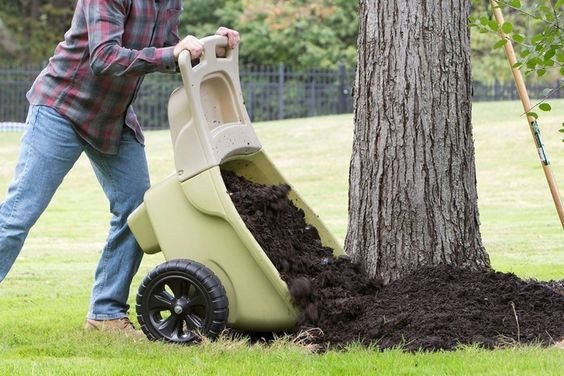
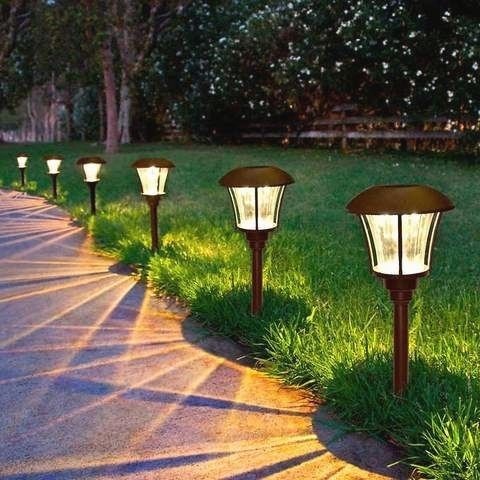
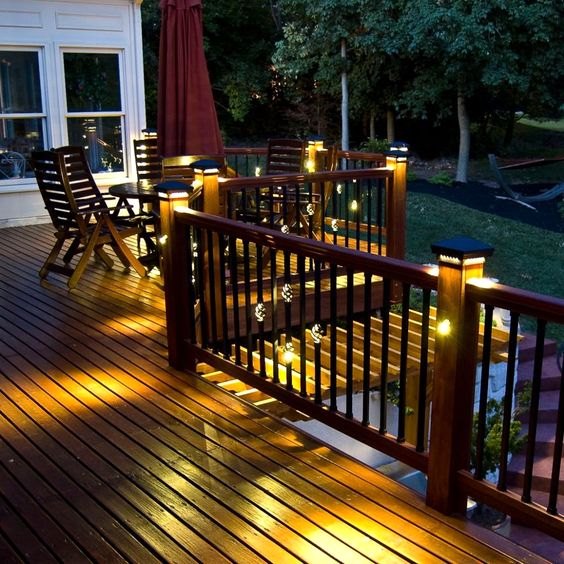
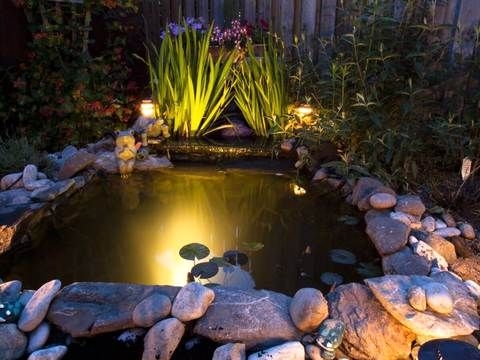
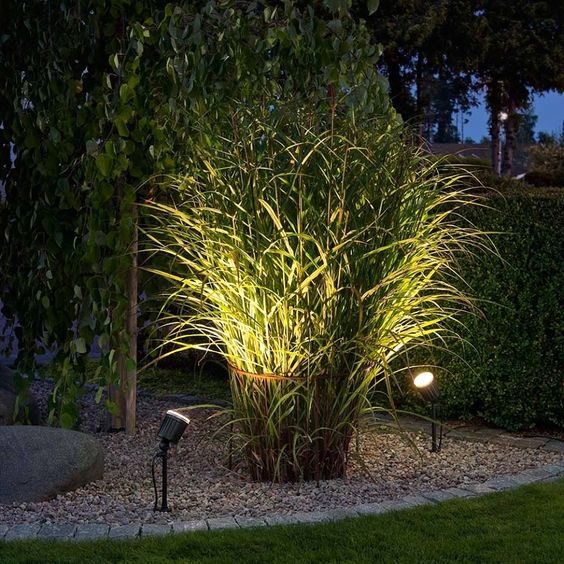
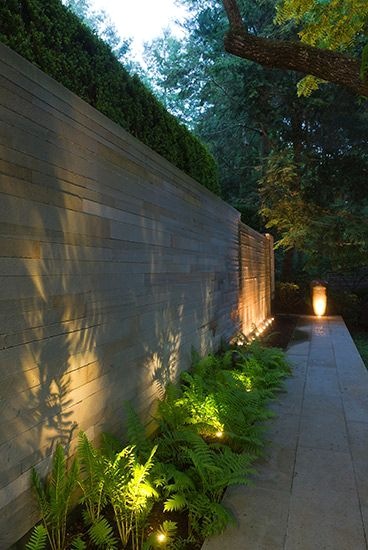
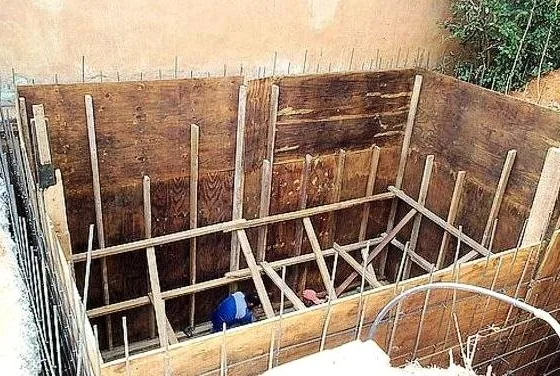

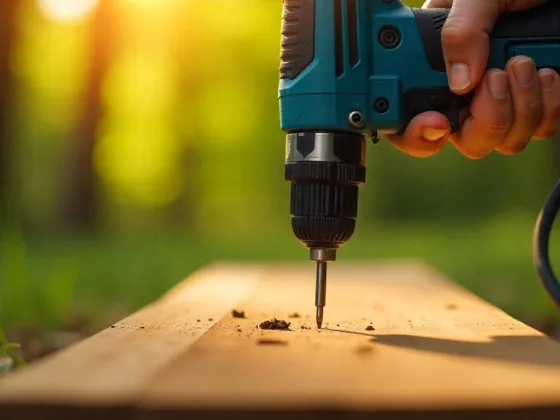
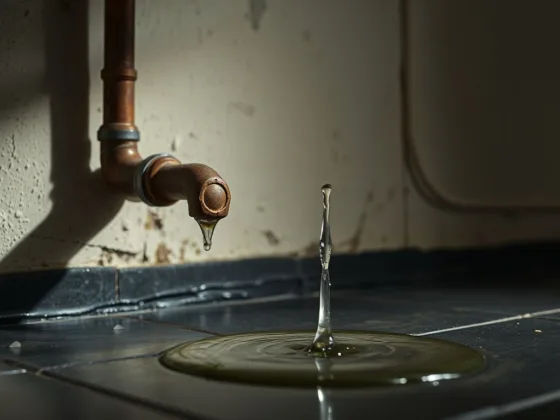
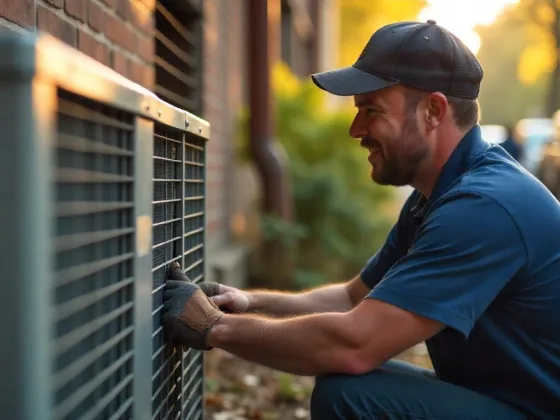

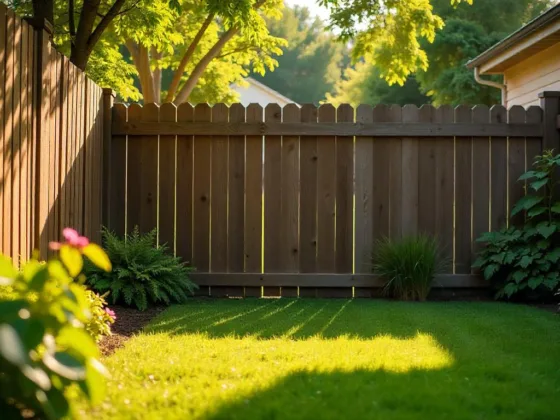



1 comment
In many projects, landscape lighting is only a part of a bigger task. Mostly, the main goal is to have a more beautiful and secure yard.